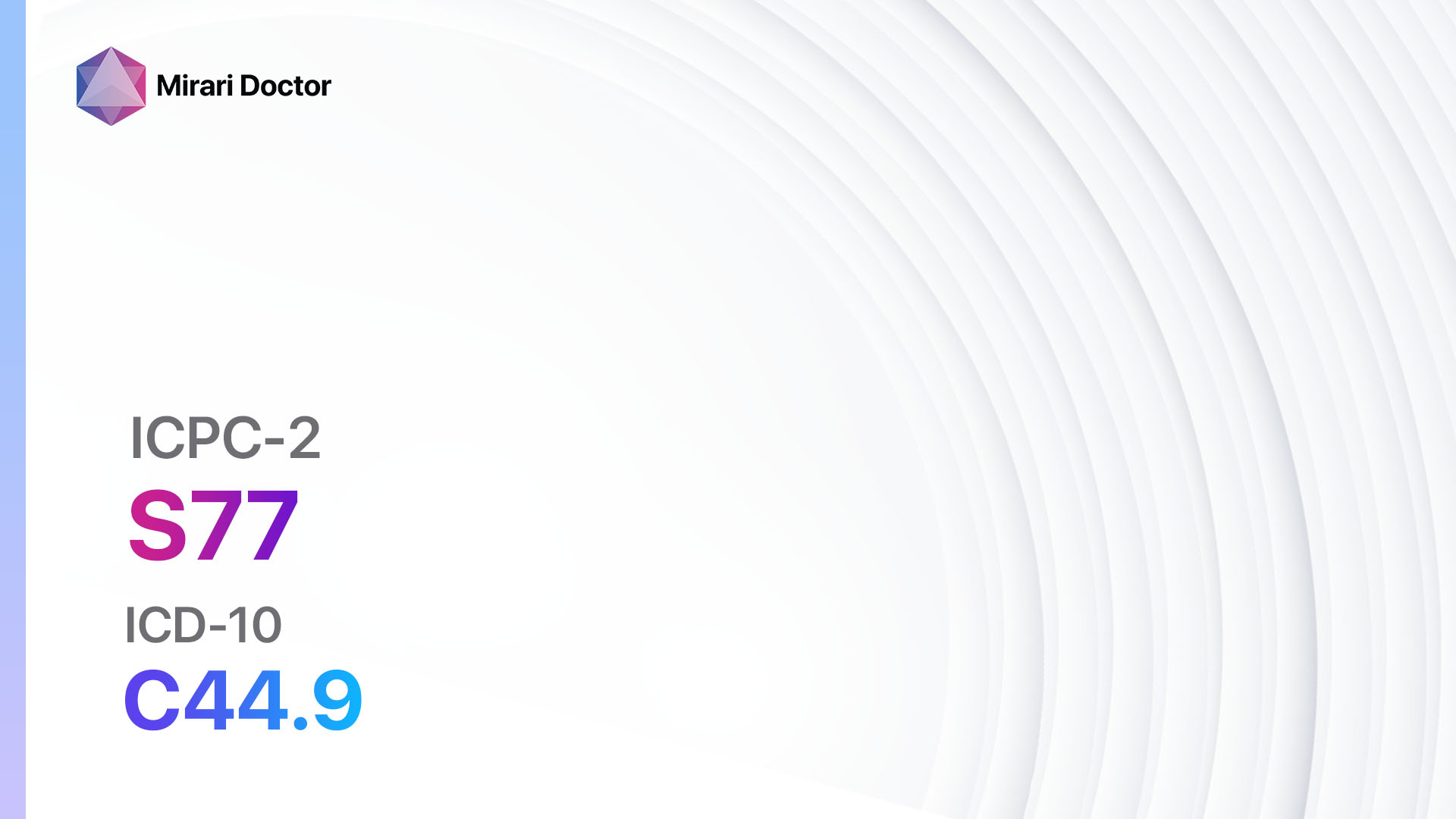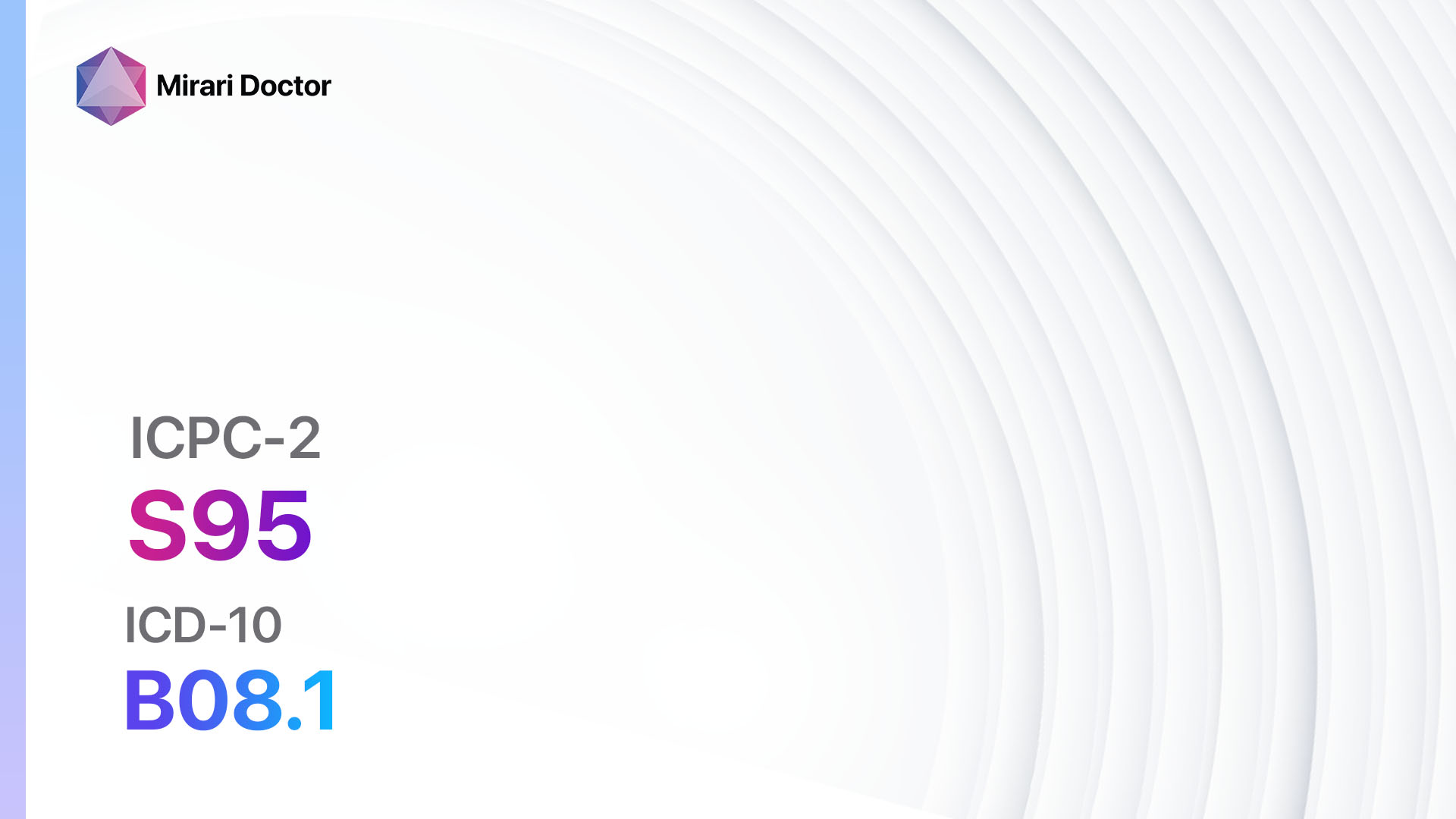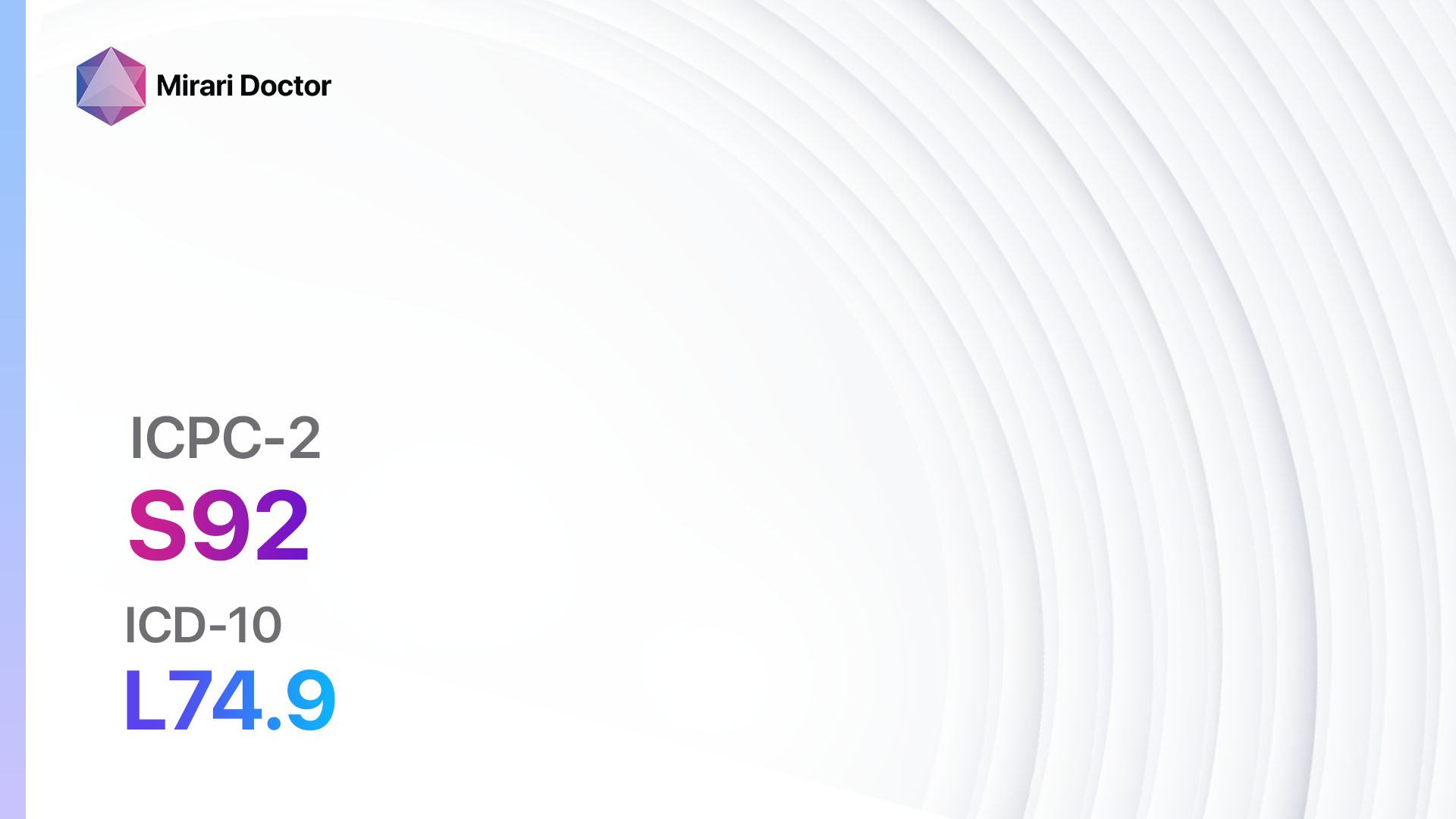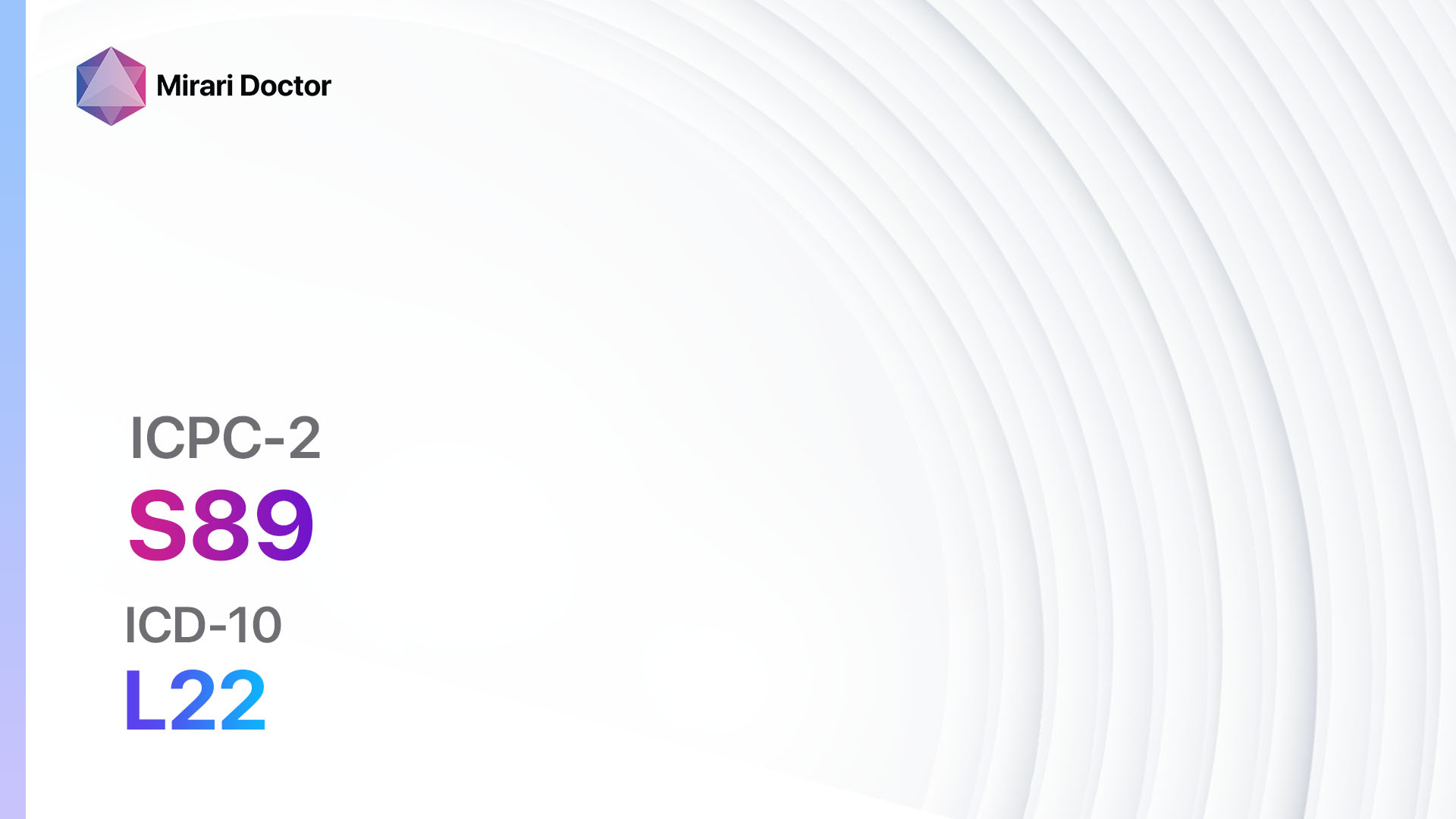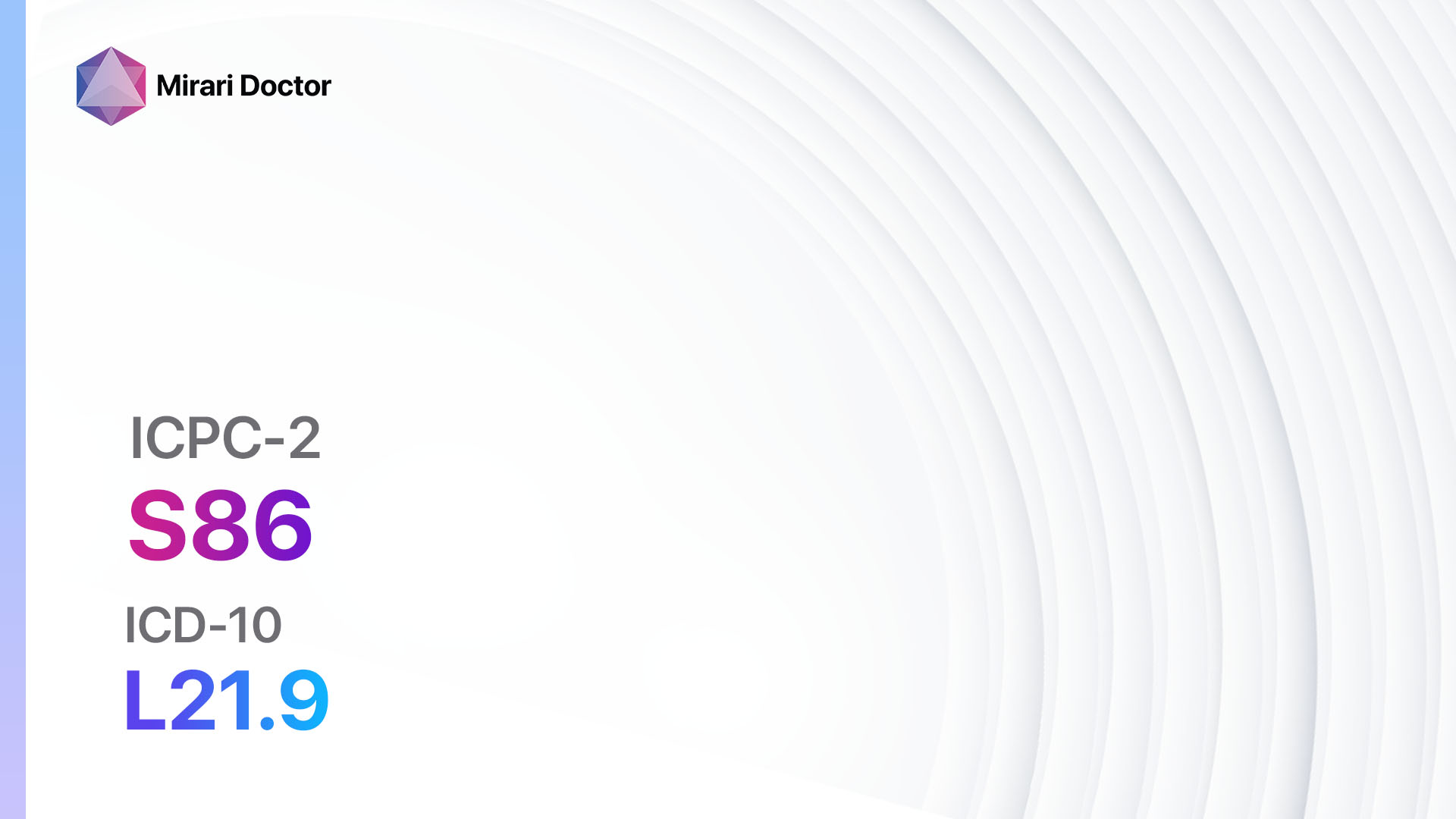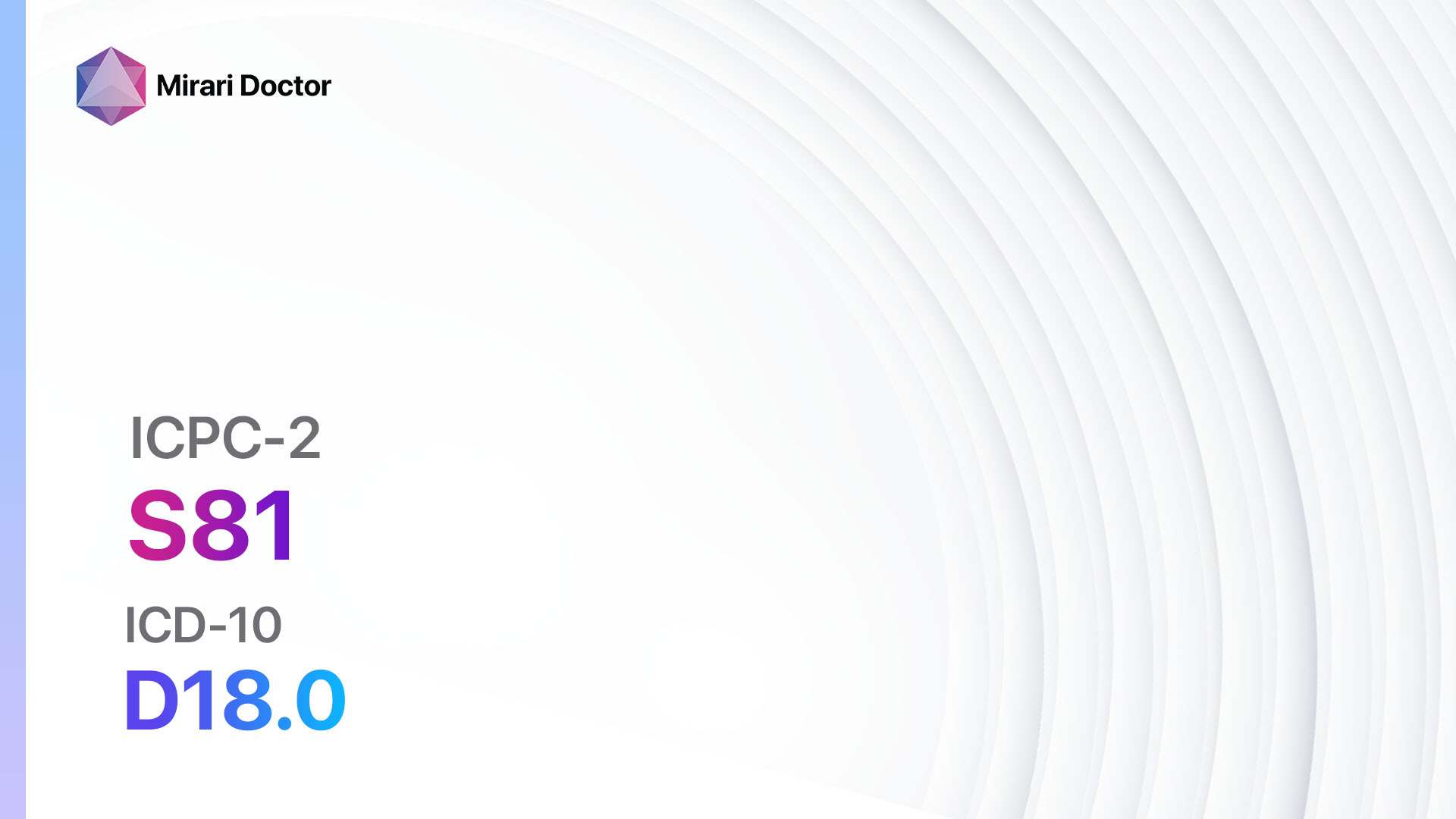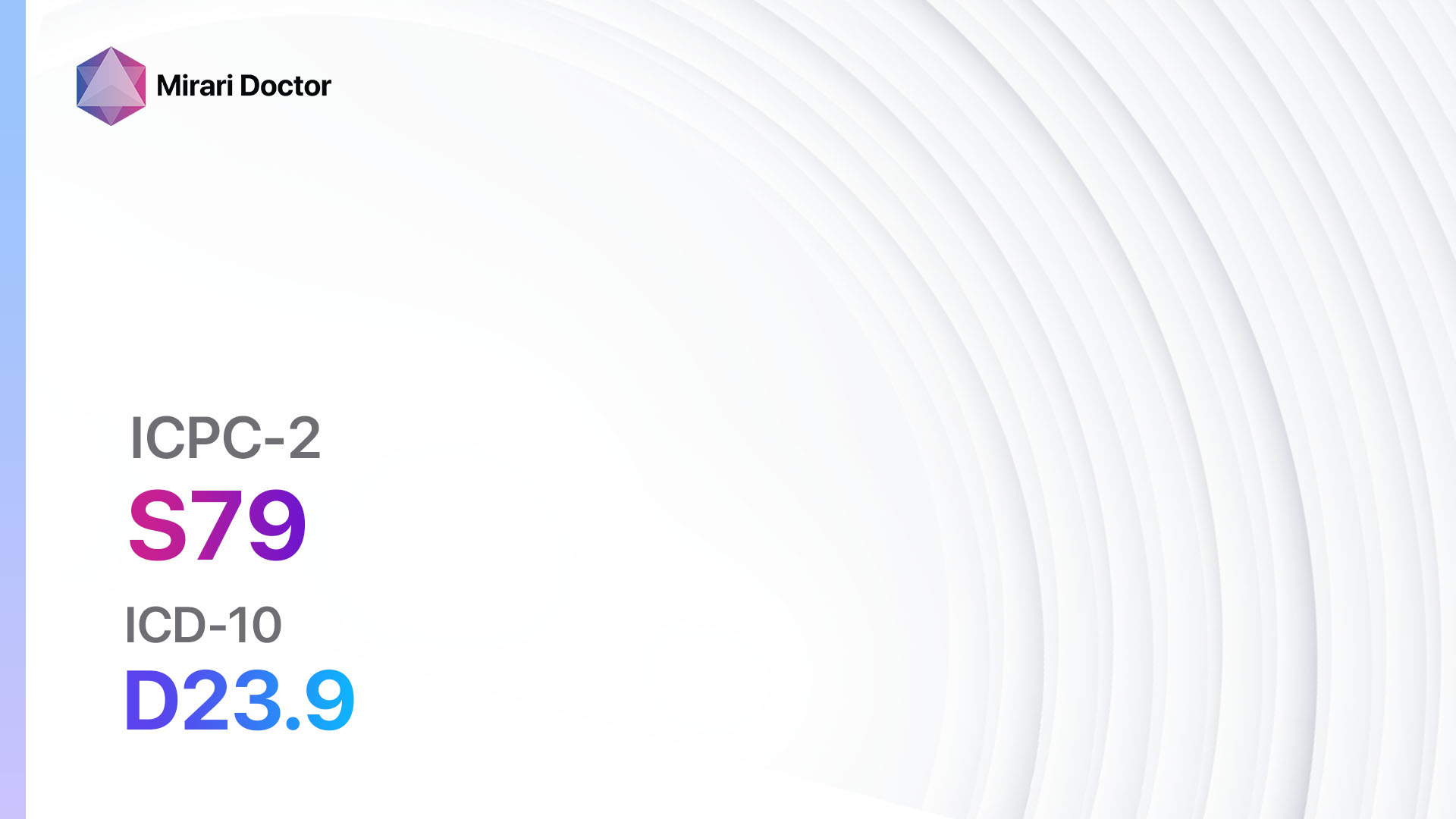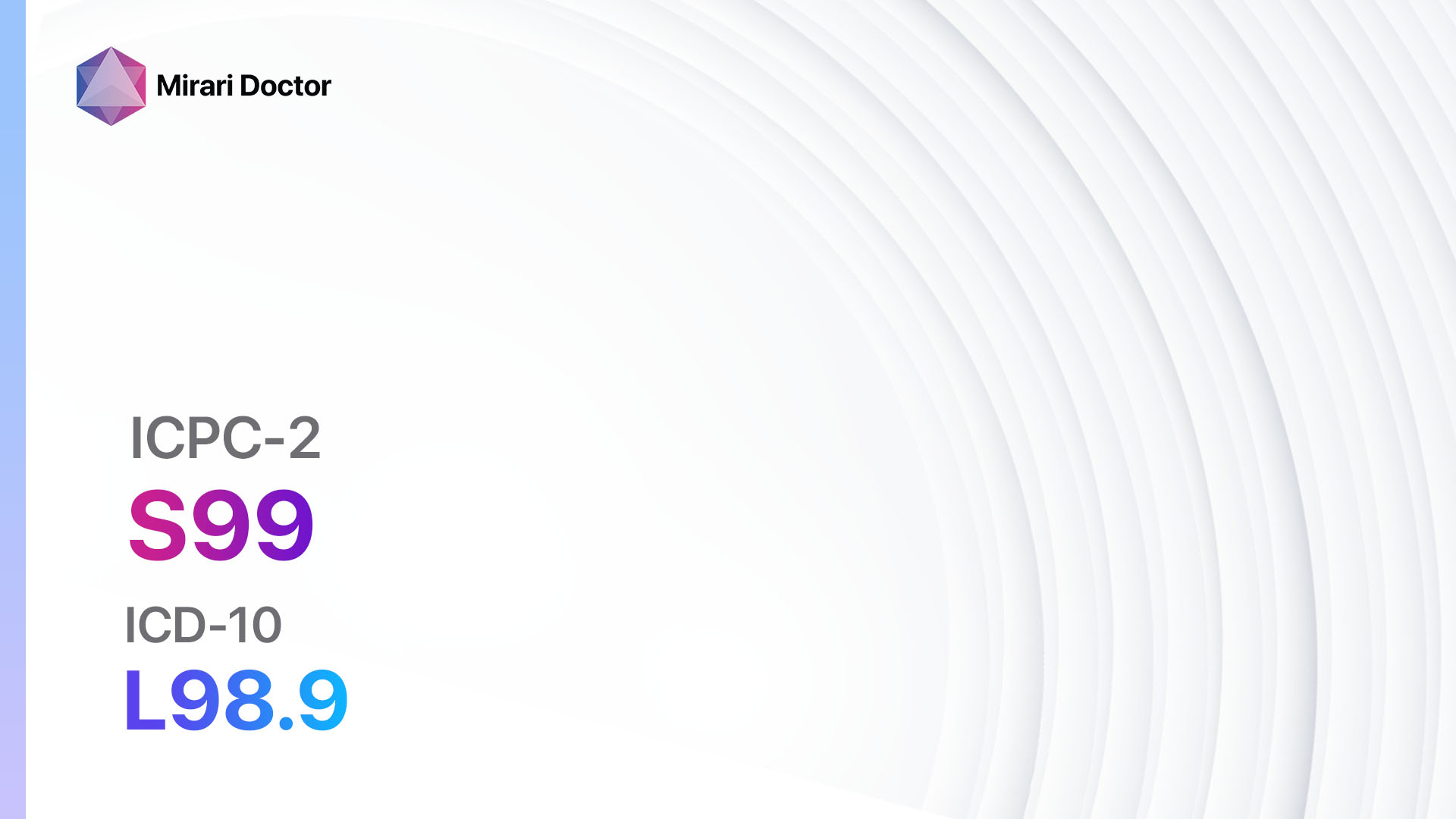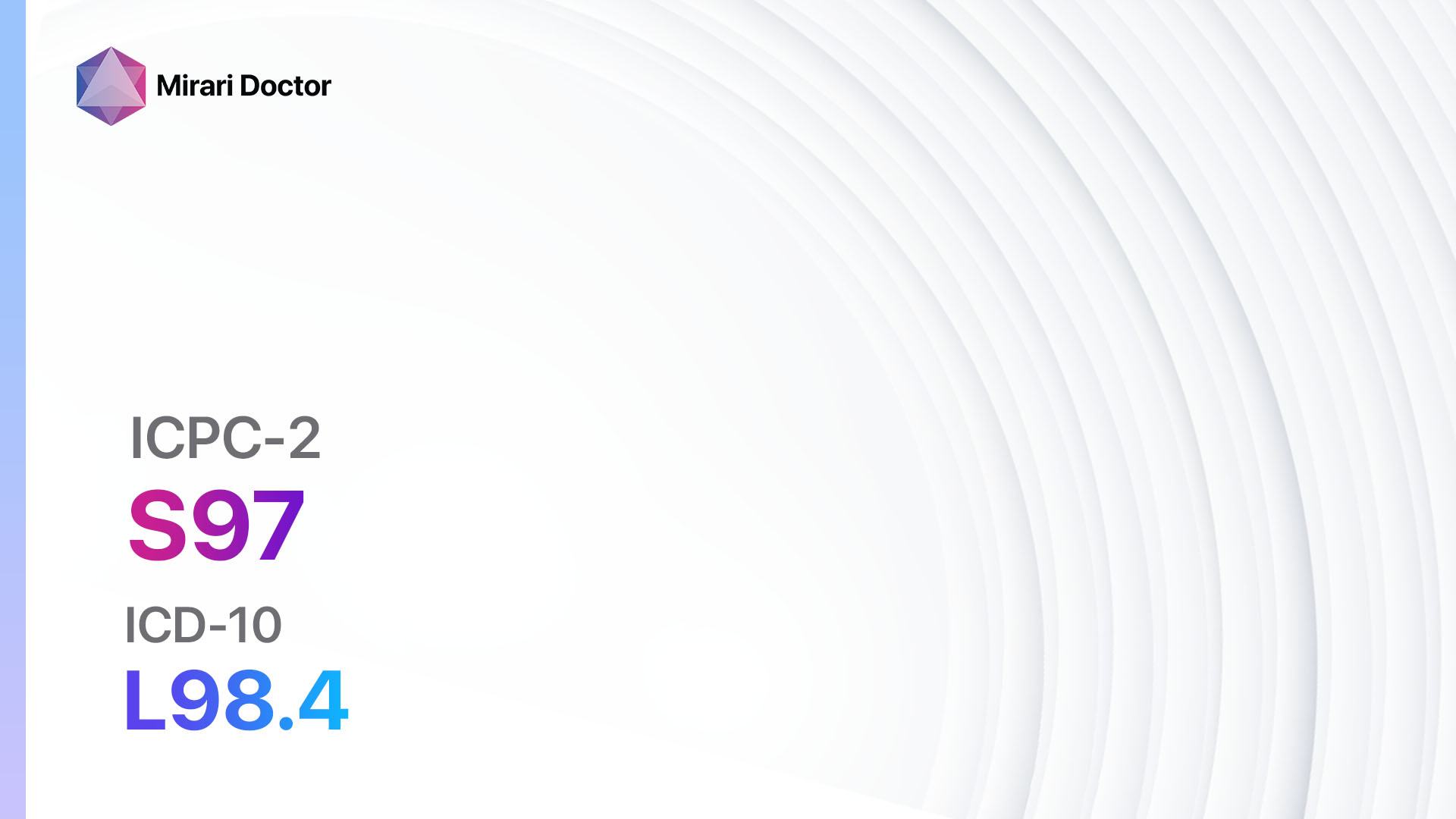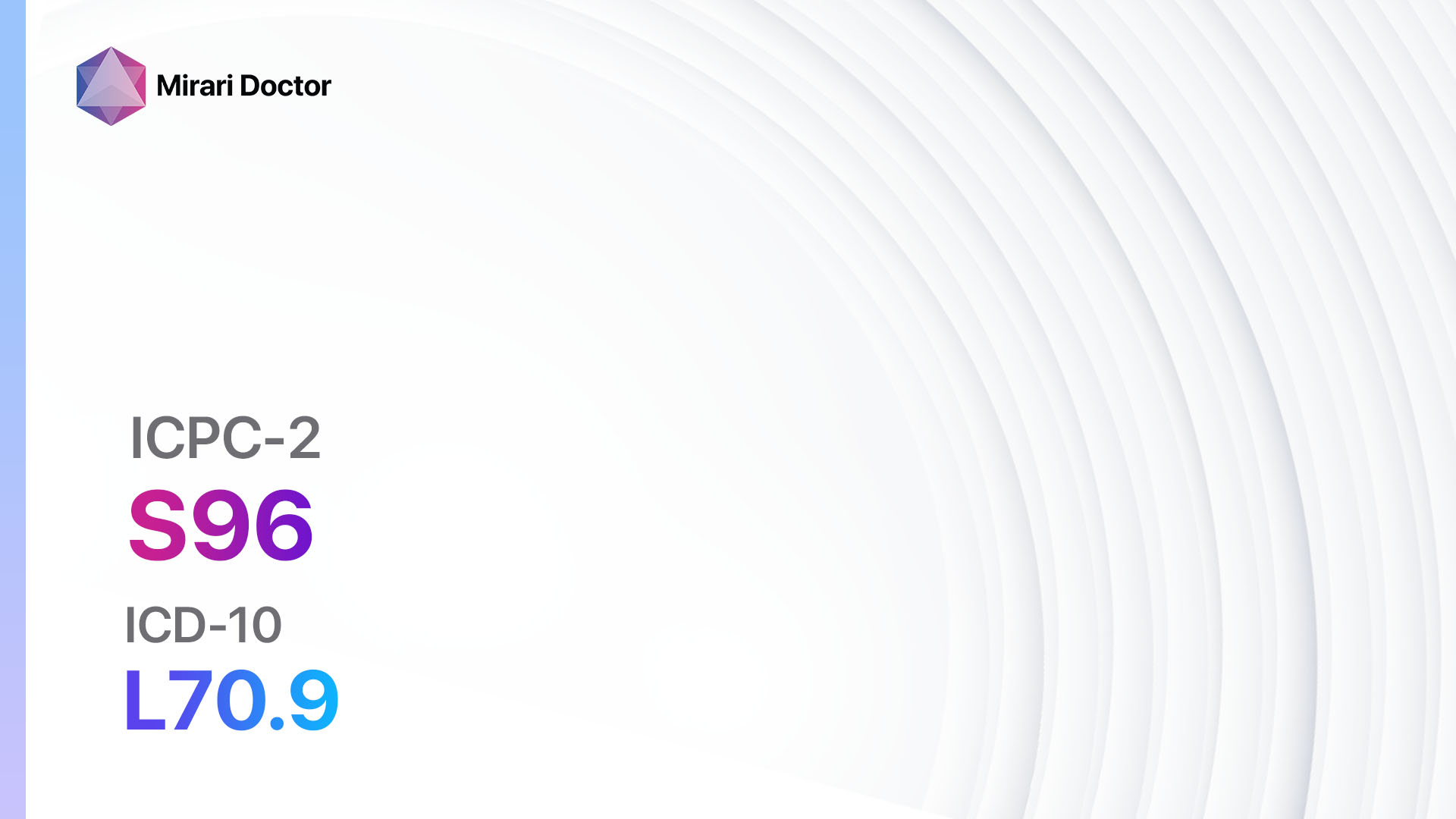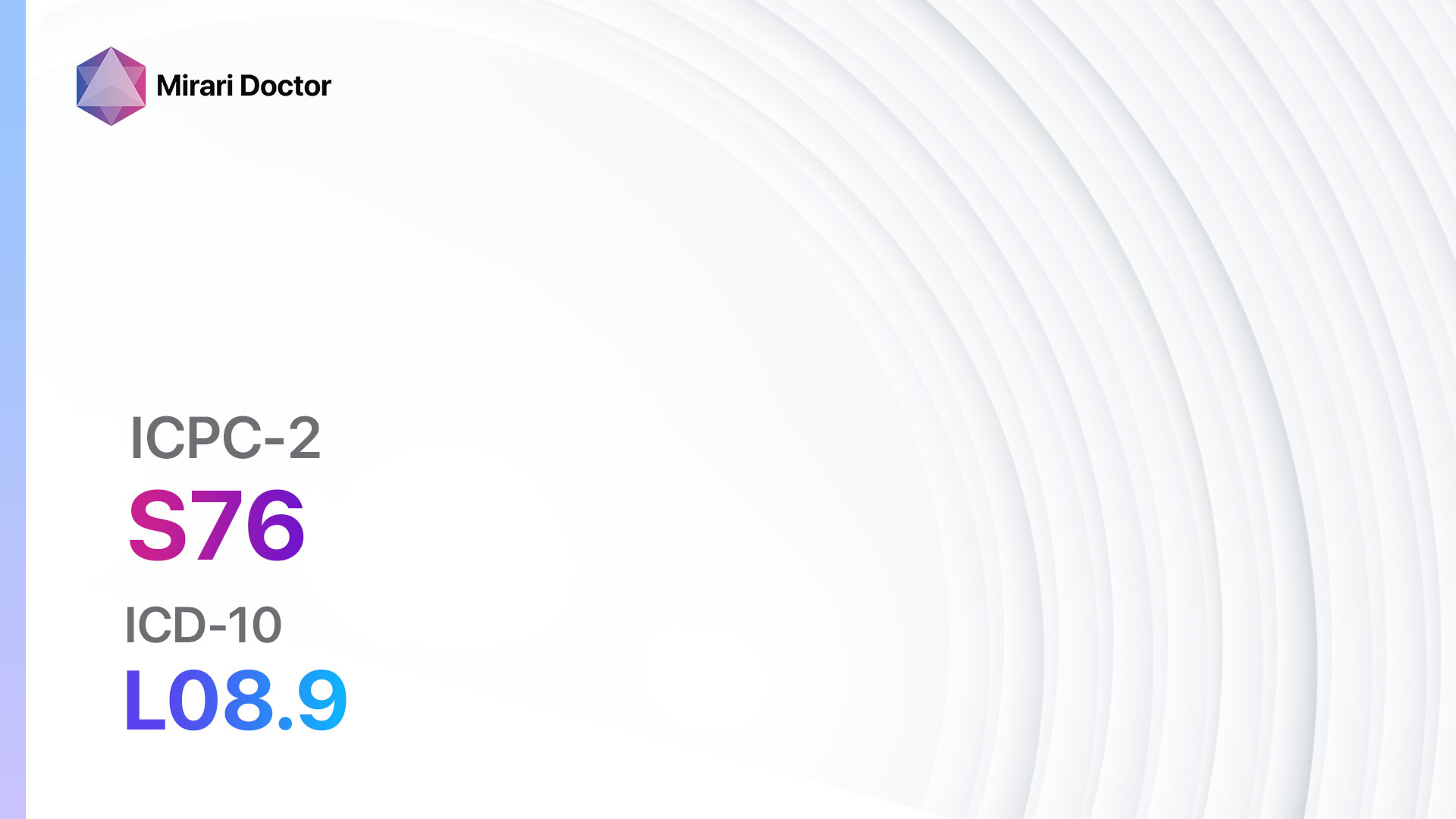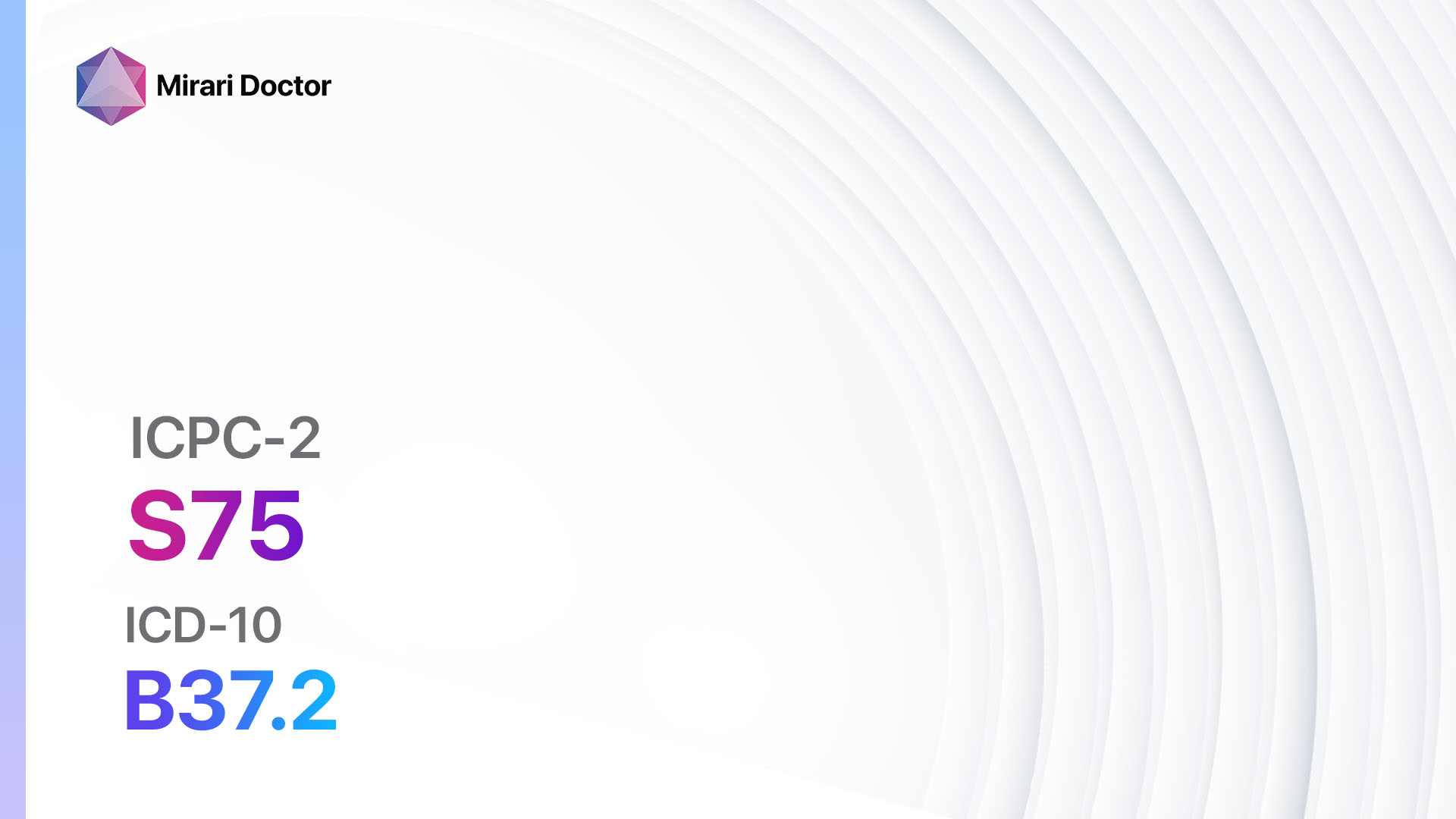
Introduction
Foreign bodies in the skin refer to any object that becomes embedded in the skin, such as splinters, glass shards, or metal fragments. These foreign bodies can cause pain, inflammation, and infection if not promptly removed[1]. The aim of this guide is to provide a step-by-step approach to diagnosing and managing foreign bodies in the skin.
Codes
Symptoms
- Pain at the site of entry[4]
- Redness and swelling[5]
- Visible foreign object in the skin[6]
- Tenderness or warmth around the foreign body[7]
- Drainage of pus or blood from the site[8]
Causes
- Accidental injury or trauma[9]
- Occupational hazards (e.g., construction workers, mechanics)[10]
- Playing with sharp objects or toys
- Walking barefoot on contaminated surfaces
Diagnostic Steps
Medical History
- Gather information about the patient’s occupation, hobbies, and recent activities to identify potential sources of foreign bodies.
- Ask about the duration and progression of symptoms.
- Determine if the patient has any underlying medical conditions that may affect wound healing or increase the risk of infection.
Physical Examination
- Inspect the affected area for signs of redness, swelling, or visible foreign objects.
- Palpate the area to assess for tenderness, warmth, or fluctuance.
- Evaluate the range of motion and function of the affected body part.
Determine Severity
- Superficial foreign bodies: Objects that are easily visible and accessible on the skin surface.
- Deep foreign bodies: Objects that are embedded beneath the skin surface or in deeper tissues.
Laboratory Tests
- No specific laboratory tests are required for the diagnosis of foreign bodies in the skin.
Diagnostic Imaging
- X-ray: Useful for detecting radiopaque foreign bodies, such as metal or glass.
- Ultrasound: Can help visualize non-radiopaque foreign bodies, such as wood or plastic.
- CT scan: Provides detailed imaging of complex or deep foreign bodies.
- MRI: Useful for evaluating soft tissue injuries or foreign bodies near vital structures.
Other Tests
- Tetanus vaccination status: Check if the patient’s tetanus immunization is up to date, especially in cases of contaminated wounds or deep foreign bodies.
- Wound culture: Collect a sample of any drainage or exudate for microbiological analysis if there are signs of infection.
Follow-up and Patient Education
- Instruct the patient on wound care, including keeping the area clean and dry, changing dressings regularly, and avoiding activities that may disrupt wound healing.
- Advise the patient to monitor for signs of infection, such as increasing pain, redness, swelling, or drainage, and to seek medical attention if these symptoms occur.
- Schedule a follow-up appointment to assess wound healing and ensure complete removal of the foreign body.
Possible Interventions
Traditional Interventions
Medications:
Top 5 drugs for Foreign body in skin:
- Antibiotics (e.g., Amoxicillin-clavulanate, Cephalexin):
- Cost: Generic versions can be $3-$50/month.
- Contraindications: Hypersensitivity to penicillins or cephalosporins.
- Side effects: Diarrhea, nausea, rash.
- Severe side effects: Severe allergic reactions, Clostridium difficile infection.
- Drug interactions: Warfarin, oral contraceptives.
- Warning: Finish the full course of antibiotics as prescribed.
- Nonsteroidal anti-inflammatory drugs (NSAIDs) (e.g., Ibuprofen, Naproxen):
- Cost: Generic versions can be $3-$20/month.
- Contraindications: Active peptic ulcer disease, history of gastrointestinal bleeding.
- Side effects: Upset stomach, heartburn, dizziness.
- Severe side effects: Gastrointestinal bleeding, kidney problems.
- Drug interactions: Aspirin, anticoagulants.
- Warning: Take with food to minimize stomach upset.
- Topical antibiotics (e.g., Neomycin, Polymyxin B):
- Cost: Generic versions can be $5-$20/tube.
- Contraindications: Hypersensitivity to aminoglycosides.
- Side effects: Skin irritation, allergic contact dermatitis.
- Severe side effects: Nephrotoxicity (with systemic absorption).
- Drug interactions: None significant.
- Warning: Use only as directed and avoid prolonged use.
- Analgesics (e.g., Acetaminophen, Tramadol):
- Cost: Generic versions can be $3-$20/month.
- Contraindications: Severe liver disease, hypersensitivity to the drug.
- Side effects: Nausea, dizziness, constipation.
- Severe side effects: Liver damage (with excessive use of acetaminophen).
- Drug interactions: Alcohol, other medications containing acetaminophen.
- Warning: Follow the recommended dosage and avoid alcohol.
- Tetanus prophylaxis (e.g., Tetanus toxoid vaccine):
- Cost: $30-$100 per dose.
- Contraindications: Severe allergic reaction to a previous dose.
- Side effects: Pain or swelling at the injection site.
- Severe side effects: Rare, but may include anaphylaxis.
- Drug interactions: None significant.
- Warning: Ensure tetanus immunization is up to date.
Surgical Procedures:
- Incision and drainage: For abscess formation or localized infection.
- Foreign body removal: Surgical extraction of deep or complex foreign bodies.
- Wound closure: Suturing or stapling of the wound after foreign body removal.
Alternative Interventions
- Acupuncture: May help reduce pain and inflammation. Cost: $60-$120 per session.
- Herbal poultices: Application of herbal preparations to promote wound healing. Cost: Varies depending on the specific herbs used.
- Homeopathic remedies: Oral or topical preparations that claim to aid in wound healing. Cost: Varies depending on the specific remedy.
- Hyperbaric oxygen therapy: Involves breathing pure oxygen in a pressurized chamber to enhance wound healing. Cost: $200-$300 per session.
- Cold laser therapy: Low-level laser therapy that may promote tissue repair and reduce pain. Cost: $50-$100 per session.
Lifestyle Interventions
- Proper wound care: Regularly clean the wound with mild soap and water, apply an antibiotic ointment, and cover with a sterile dressing. Cost: Minimal.
- Healthy diet: Consuming a balanced diet rich in vitamins and minerals can support wound healing. Cost: Varies depending on food choices.
- Smoking cessation: Smoking delays wound healing and increases the risk of complications. Cost: Varies depending on the method used for smoking cessation.
- Stress management: Chronic stress can impair wound healing. Engaging in stress-reducing activities, such as meditation or exercise, may be beneficial. Cost: Varies depending on the chosen activity.
- Regular exercise: Physical activity promotes blood circulation and can aid in wound healing. Cost: Varies depending on the chosen exercise regimen.
It is important to note that the cost ranges provided are approximate and may vary depending on the location and availability of the interventions.
Mirari Cold Plasma Alternative Intervention
Understanding Mirari Cold Plasma
- Safe and Non-Invasive Treatment: Mirari Cold Plasma is a safe and non-invasive treatment option for various skin conditions. It does not require incisions, minimizing the risk of scarring, bleeding, or tissue damage.
- Efficient Extraction of Foreign Bodies: Mirari Cold Plasma facilitates the removal of foreign bodies from the skin by degrading and dissociating organic matter, allowing easier access and extraction.
- Pain Reduction and Comfort: Mirari Cold Plasma has a local analgesic effect, providing pain relief during the treatment, making it more comfortable for the patient.
- Reduced Risk of Infection: Mirari Cold Plasma has antimicrobial properties, effectively killing bacteria and reducing the risk of infection.
- Accelerated Healing and Minimal Scarring: Mirari Cold Plasma stimulates wound healing and tissue regeneration, reducing healing time and minimizing the formation of scars.
Mirari Cold Plasma Prescription
Video instructions for using Mirari Cold Plasma Device – S15 Foreign body in skin (ICD-10:M79.5)
| Mild | Moderate | Severe |
| Mode setting: 1 (Infection) Location: 0 (Localized) Morning: 15 minutes, Evening: 15 minutes |
Mode setting: 1 (Infection) Location: 0 (Localized) Morning: 30 minutes, Lunch: 30 minutes, Evening: 30 minutes |
Mode setting: 1 (Infection) Location: 0 (Localized) Morning: 30 minutes, Lunch: 30 minutes, Evening: 30 minutes |
| Mode setting: 2 (Wound Healing) Location: 0 (Localized) Morning: 15 minutes, Evening: 15 minutes |
Mode setting: 2 (Wound Healing) Location: 0 (Localized) Morning: 30 minutes, Lunch: 30 minutes, Evening: 30 minutes |
Mode setting: 2 (Wound Healing) Location: 0 (Localized) Morning: 30 minutes, Lunch: 30 minutes, Evening: 30 minutes |
| Mode setting: 10 (Dermatitis/Fungus) Location: 0 (Localized) Morning: 15 minutes, Evening: 15 minutes |
Mode setting: 10 (Dermatitis/Fungus) Location: 0 (Localized) Morning: 30 minutes, Lunch: 30 minutes, Evening: 30 minutes |
Mode setting: 10 (Dermatitis/Fungus) Location: 0 (Localized) Morning: 30 minutes, Lunch: 30 minutes, Evening: 30 minutes |
| Total Morning: 45 minutes approx. $7.50 USD, Evening: 45 minutes approx. $7.50 USD |
Total Morning: 90 minutes approx. $15 USD, Lunch: 90 minutes approx. $15 USD, Evening: 90 minutes approx. $15 USD, |
Total Morning: 90 minutes approx. $15 USD, Lunch: 90 minutes approx. $15 USD, Evening: 90 minutes approx. $15 USD, |
| Usual treatment for 7-60 days approx. $105 USD – $900 USD | Usual treatment for 6-8 weeks approx. $1,890 USD – $2,520 USD |
Usual treatment for 3-6 months approx. $4,050 USD – $8,100 USD
|
 |
|
Use the Mirari Cold Plasma device to treat Foreign body in skin effectively.
WARNING: MIRARI COLD PLASMA IS DESIGNED FOR THE HUMAN BODY WITHOUT ANY ARTIFICIAL OR THIRD PARTY PRODUCTS. USE OF OTHER PRODUCTS IN COMBINATION WITH MIRARI COLD PLASMA MAY CAUSE UNPREDICTABLE EFFECTS, HARM OR INJURY. PLEASE CONSULT A MEDICAL PROFESSIONAL BEFORE COMBINING ANY OTHER PRODUCTS WITH USE OF MIRARI.
Step 1: Cleanse the Skin
- Start by cleaning the affected area of the skin with a gentle cleanser or mild soap and water. Gently pat the area dry with a clean towel.
Step 2: Prepare the Mirari Cold Plasma device
- Ensure that the Mirari Cold Plasma device is fully charged or has fresh batteries as per the manufacturer’s instructions. Make sure the device is clean and in good working condition.
- Switch on the Mirari device using the power button or by following the specific instructions provided with the device.
- Some Mirari devices may have adjustable settings for intensity or treatment duration. Follow the manufacturer’s instructions to select the appropriate settings based on your needs and the recommended guidelines.
Step 3: Apply the Device
- Place the Mirari device in direct contact with the affected area of the skin. Gently glide or hold the device over the skin surface, ensuring even coverage of the area experiencing.
- Slowly move the Mirari device in a circular motion or follow a specific pattern as indicated in the user manual. This helps ensure thorough treatment coverage.
Step 4: Monitor and Assess:
- Keep track of your progress and evaluate the effectiveness of the Mirari device in managing your Foreign body in skin. If you have any concerns or notice any adverse reactions, consult with your health care professional.
Note
This guide is for informational purposes only and should not replace the advice of a medical professional. Always consult with your healthcare provider or a qualified medical professional for personal advice, diagnosis, or treatment. Do not solely rely on the information presented here for decisions about your health. Use of this information is at your own risk. The authors of this guide, nor any associated entities or platforms, are not responsible for any potential adverse effects or outcomes based on the content.
Mirari Cold Plasma System Disclaimer
- Purpose: The Mirari Cold Plasma System is a Class 2 medical device designed for use by trained healthcare professionals. It is registered for use in Thailand and Vietnam. It is not intended for use outside of these locations.
- Informational Use: The content and information provided with the device are for educational and informational purposes only. They are not a substitute for professional medical advice or care.
- Variable Outcomes: While the device is approved for specific uses, individual outcomes can differ. We do not assert or guarantee specific medical outcomes.
- Consultation: Prior to utilizing the device or making decisions based on its content, it is essential to consult with a Certified Mirari Tele-Therapist and your medical healthcare provider regarding specific protocols.
- Liability: By using this device, users are acknowledging and accepting all potential risks. Neither the manufacturer nor the distributor will be held accountable for any adverse reactions, injuries, or damages stemming from its use.
- Geographical Availability: This device has received approval for designated purposes by the Thai and Vietnam FDA. As of now, outside of Thailand and Vietnam, the Mirari Cold Plasma System is not available for purchase or use.
References
- Buttaravoli P, Leffler SM. Minor emergencies. Elsevier Health Sciences; 2012.
- WONCA International Classification Committee. ICPC-2: International Classification of Primary Care. Oxford University Press, USA; 1998.
- World Health Organization. ICD-10: international statistical classification of diseases and related health problems: tenth revision. World Health Organization; 2004.
- Auerbach PS. Wilderness medicine. Elsevier Health Sciences; 2011.
- Tintinalli JE, Ma O, Yealy DM, Meckler GD, Stapczynski J, Cline DM, Thomas SH. Tintinalli’s Emergency Medicine: A Comprehensive Study Guide. McGraw Hill Professional; 2020.
- Thomsen TW, Barclay DA, Setnik GS. Basic laceration repair. New England Journal of Medicine. 2019 Oct 17;381(16):1535-43.
- Hollander JE, Singer AJ. Laceration management. Annals of emergency medicine. 1999 Sep 1;34(3):356-67.
- Capellan O, Hollander JE. Management of lacerations in the emergency department. Emergency medicine clinics of North America. 2003 Feb 1;21(1):205-31.
- Ong ME, Chan YH, Teo J, Saroja S, Yap S, Ang PH, Lim SH. Assessing the accuracy of emergency department diagnosis of hand and forearm injuries. Annals Academy of Medicine Singapore. 2008 Jun 1;37(6):508.
- Anderson MA, Newmeyer III WL, Kilgore Jr ES. Diagnosis and treatment of retained foreign bodies in the hand. The American journal of surgery. 1982 Jul 1;144(1):63-7.
Related articles
Made in USA



